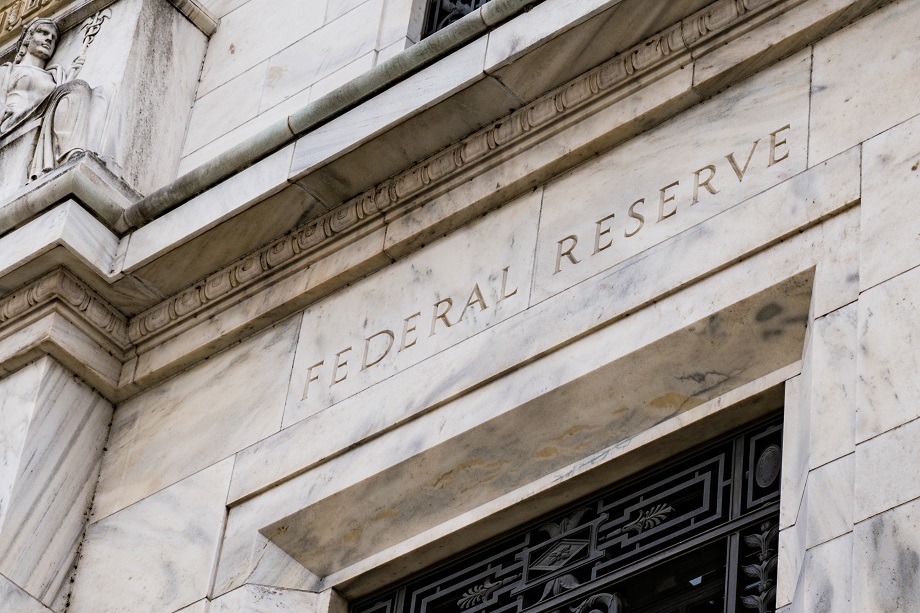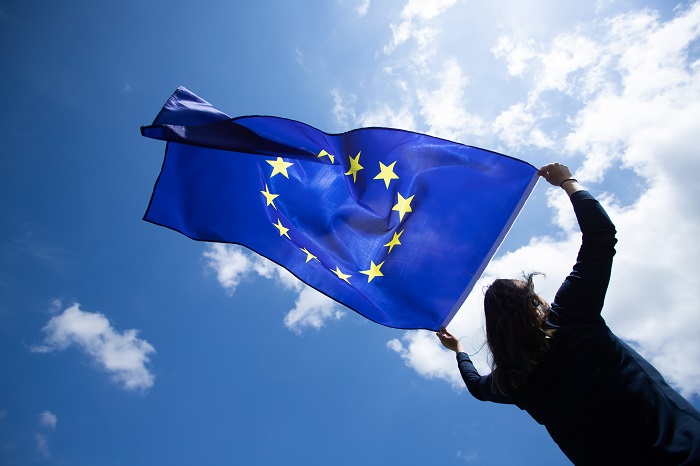economy news online
Eurozone economic growth fell to 0.2 percent in the third quarter, as inflation hit another record high on the back of soaring energy prices, the EU’s statistics agency said Monday. news online
Consumer prices jumped by a fresh record of 10.7 percent in October, up from 9.9 percent the month before, stoked by an eye-watering 41.9 percent rise in energy costs, Eurostat said.
The European Central Bank warned last week that a recession is looming, as it announced another jumbo interest rate hike to try to curb inflation driven up by the fallout from Russia’s war on Ukraine.
Moscow’s decision to drastically curb gas supplies to Europe has triggered an energy crisis on the continent, fuelling fears of power shortages and sky-high heating bills this winter.
The third quarter figure was marginally better than expected after economic powerhouse Germany bettered forecasts with 0.3 percent growth.

Among other key economies, France and Spain were at 0.2 percent and Italy on Monday announced growth of 0.5 percent.
Overall Eurozone growth increased by 2.1 percent compared to the same quarter last year, Eurostat said.
But despite the mildly better-than-expected news, analysts warned that a recession appeared to be on its way regardless.
“It is a matter of how deep the recession will be and not if there will be one,” Oxford Economics said in an analyst note.
“Therefore, while Q3 was more resilient than expected a recession over the winter in eurozone is imminent.”
del/dc/rox
© Agence France-Presse. All rights are reserved.
economy news online
Notes from APS Radio News
From the early part of March 2020 to April 15, 2022, the US Federal Reserve had been increasing its holdings by nearly $5 trillion dollars.
It did this each month of that period by buying billions of dollars of corporation and government bonds, in effect, infusing massive amounts of money into the economy.
And, as the FRED graph shows, it did so at rapid rate or at a high rate of velocity.
Economists say that when massive amoutns of fiat money are infused into the economy at high rates of velocity, the likelihood of noticeably higher rates of inflation is made greater.

A number of other central banks followed a similar policy.
For example, between late February 2020, even days before the media started fixating on the virus thingy, and March of this year, the European Central Bank embarked on its own version of monetary expansion.
During that period, the ECB increased its holdings by over 5 trillion euros.
The Bank of Japan also increased its holdings.
Between February of 2020 and earlier this year, it had increased its holding by a few hundred trillion Yen.
For a number of years, including the Bank of Japan, major central banks have kept their interest rates low.
For its part, the Bank of Japan kept its interest rates at negative rates, meaning that depositors had to pay banks to hold their money.
During and before the pandemic, major corporations had increased the number of mergers and acquisitions, as those entities were able to make their purchases using inexpensive money and higher stock valuations.
The other part of the equation was that of supply.
As a result of lockdowns, many small and medium-sized businesses were closed.
Shipping ports had lost workers, and truck drivers going to those ports had to wait in long lines, as a result.
In effect, well before Russia’s invasion of Ukraine, shortages of various goods and services developed.
The invasion and sanctions imposed have aggravated shortages of commodities like petroleum and grain.
And there have been instances of price gouging.
economy news online


